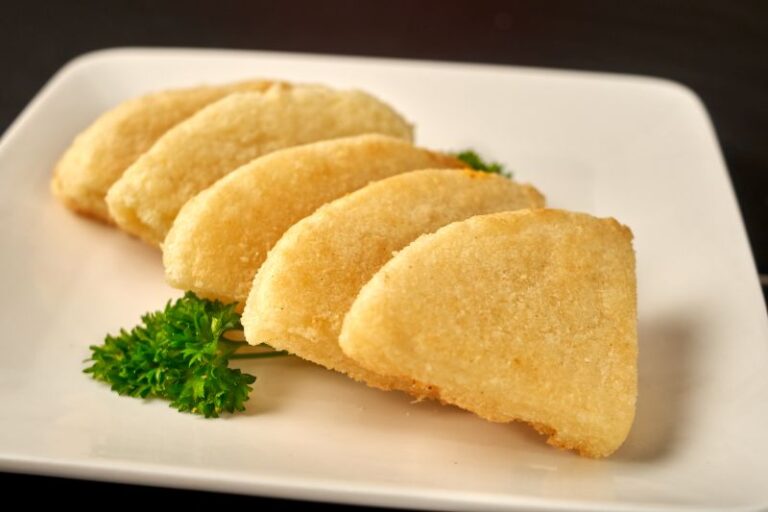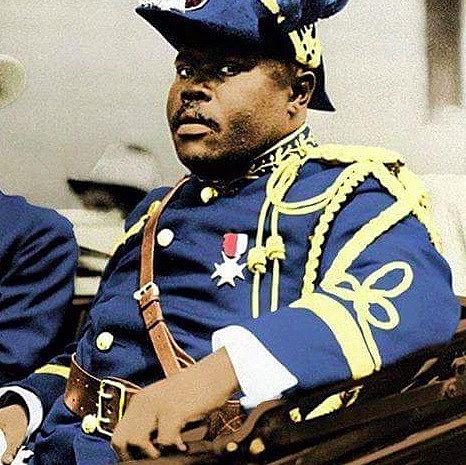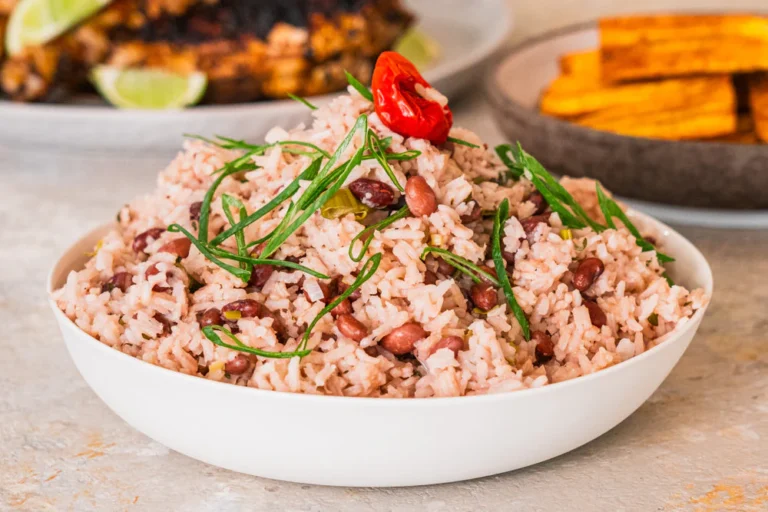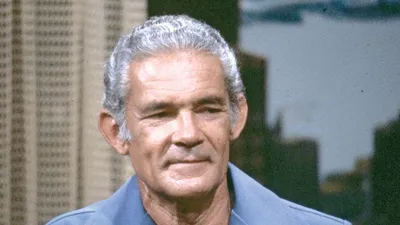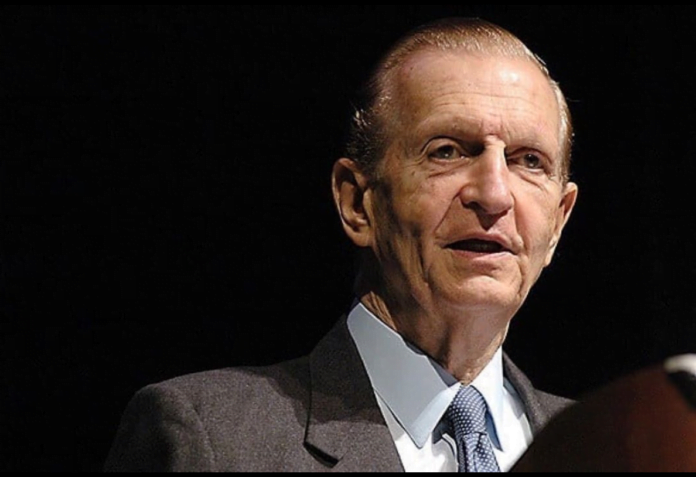The Arrival of Syrians in Jamaica: A Story of Resilience and Integration
Jamaica is well known for its diverse cultural heritage, a rich tapestry woven from the migration of various ethnic groups over centuries. Among the many communities that have contributed to the island’s cultural and economic landscape, the Syrian-Jamaican community holds a unique and inspiring place. Their journey to Jamaica is a story of resilience, adaptation, and eventual integration into the wider Jamaican society.
Historical Context: Why Syrians Came to Jamaica
The migration of Syrians to Jamaica began in the late 19th and early 20th centuries, during a period of significant political and economic upheaval in the Ottoman Empire. Many of these migrants were escaping religious persecution, economic hardship, and conscription into the Ottoman army. The majority of the early Syrian migrants were Christians, particularly from the Orthodox and Maronite communities, seeking safer and more prosperous futures for their families.
Jamaica, a British colony at the time, presented an opportunity for these immigrants to rebuild their lives. The island’s economy, particularly in commerce and trade, offered prospects that the Syrian migrants were eager to seize.
Settling and Making a Mark
Upon their arrival, Syrians in Jamaica faced numerous challenges, including language barriers, racial discrimination, and economic hardships. Despite these difficulties, they quickly adapted and became known for their entrepreneurial spirit. Many started as itinerant traders, going door-to-door selling textiles, household goods, and other commodities. Over time, these small businesses grew into established retail and wholesale enterprises, laying the foundation for some of Jamaica’s most prominent commercial families today.
By the mid-20th century, Syrian Jamaicans had established themselves in various sectors, including retail, manufacturing, and finance. They became known for their strong family businesses, many of which continue to thrive and contribute to Jamaica’s economy.
Cultural Integration and Contributions
Despite their initial struggles, Syrians in Jamaica gradually integrated into Jamaican society while maintaining aspects of their cultural heritage. They brought with them rich culinary traditions, such as hummus, kibbeh, and baklava, which have since become familiar to many Jamaicans. Additionally, their influence can be seen in Jamaica’s business culture, philanthropy, and even politics.
Over time, intermarriage between Syrians and other Jamaican ethnic groups further cemented their place in the nation’s social fabric. Today, many Syrian Jamaicans identify as fully Jamaican while still celebrating aspects of their Syrian heritage.
Notable Figures of Syrian Descent in Jamaica
Several notable individuals of Syrian descent have made significant contributions to Jamaican society. Among them is Abe Issa, a pioneering businessman known as the “Father of Jamaican Tourism,” who played a key role in the development of the island’s hotel industry. Additionally, the Azan family has been influential in retail and commerce, with businesses that have become household names in Jamaica. Politically, former Prime Minister Edward Seaga, though of Lebanese descent, shared a similar Middle Eastern heritage and contributed immensely to Jamaica’s development. Other Syrian-Jamaican families, such as the Matalons and Zacca family, have left indelible marks in finance, construction, and philanthropy.
The Legacy of the Syrian-Jamaican Community
The Syrian-Jamaican community is an integral part of Jamaica’s multicultural identity. Their journey from early struggles to economic success is a testament to their resilience and adaptability. Today, Syrian Jamaicans continue to play a vital role in the country’s economic and cultural life, bridging their Middle Eastern roots with the vibrant Jamaican way of life.
As Jamaica continues to evolve, the story of the Syrian community serves as a reminder of the power of perseverance, the richness of diversity, and the ways in which migration has shaped the island into the dynamic and inclusive nation it is today.







